By implementing a strategy with a long-term vision, Vietnamese higher education can undergo a powerful transformation, integrate deeply, and enhance its global competitiveness.
Dr. Le Dong Phuong - former Director of the Center for Higher Education Research (Vietnam Academy of Educational Sciences): Preserving old values, creating new values.

Restructuring higher education is not merely about organizational mergers; more fundamentally, it's a comprehensive reform of the management mindset and educational mission of the institution. From an external management perspective, this is how management levels and stakeholders perceive the structural changes within the system. For those involved, it's a process of shifting and rearranging the positions of staff and faculty within the new units formed from the merger of the old institutions.
Most importantly, it is necessary to adjust the management and governance mindset in higher education institutions to form a lean operating model that is better adapted to change. This requires courage to overcome old habits and practices – which is by no means easy.
Furthermore, establishing a unique identity for the new educational institution is also crucial. This is demonstrated through the arrangement and adjustment of training programs to suit the needs of the labor market and the expectations of learners, while ensuring that the rights of students and stakeholders are always prioritized.
The consolidation of multiple higher education institutions into a new entity inevitably presents challenges regarding organizational models and operational methods. This model can be imposed externally or developed through internal initiative, but either way, it carries the potential for conflict between different interest groups. The transition period often results in a cumbersome structure, with redundancies in staffing levels in most member units.
Therefore, the most important thing is to reach a consensus on the development path, along with specific measures to reconcile the interests of all parties. The restructuring process needs to be carried out in a spirit of consensus and solidarity, with the common goal outweighing individual interests. Each step must be carefully considered, supported by sufficient justification, and discussed at multiple levels, absolutely avoiding the "do it on impulse" mentality.
Restructuring may not necessarily bring about an immediate breakthrough for Vietnamese higher education, because an educational institution can only develop sustainably when it is based on its history, academic traditions, and strong connections with students and partners. Merging too many schools may lead to the loss of accumulated values, while not necessarily creating better new values.
To turn leaders' expectations into reality, schools need to clearly define their core mission and long-term vision, because that mission cannot be replicated across schools. A prerequisite is that management at all levels and training institutions must identify their strengths and weaknesses, and have the opportunity to convince state management agencies of their intrinsic value.
Based on this, the State can develop a comprehensive restructuring plan, essentially a new master plan for Vietnam's higher education system, reflecting the vision, values, and expectations of society. In this plan, universities need to be reorganized to leverage their inherent value while simultaneously creating a foundation for the formation of new values. In particular, a priority criterion should be the level of contribution of each higher education institution to local socio -economic development, rather than solely focusing on economic efficiency.
At the systemic level, restructuring needs to take into account the characteristics of each type of training program and educational institution. Applied training programs need to be developed more strongly to serve socio-economic development; while research-oriented programs must be linked to the scientific and technological activities of the school and faculty, aiming to create new scientific knowledge instead of just training skills.
For this process to succeed, resource conditions need to be ensured and continuously maintained. Existing resources should not be abruptly cut but should be adjusted appropriately to avoid operational disruptions; at the same time, new resources identified in Resolution 71 need to be provided at a sufficiently large level to yield tangible results.
Dr. Hoang Ngoc Vinh - former Director of the Department of Vocational Education (Ministry of Education and Training): Avoid falling into a "request-and-grant" mechanism and overly bureaucratic management.

Many fear that the restructuring and merger of higher education institutions may only amount to a "mechanical addition" of schools, while differences in academic culture, disciplines, and operating mechanisms remain significant. This concern is entirely justified. If it only stops at simply combining names and mechanically merging, the process is certain to fail.
The success of restructuring must be based on stratifying higher education institutions according to their mission and tasks: leading research universities focusing on basic sciences, applied universities closely linked to the needs of businesses and localities, and teacher training colleges responsible for training human resources for the education sector.
Within this hierarchical structure, each school needs to leverage its unique strengths while sharing resources with partners. The core elements are a clear governance model, high accountability, and sufficient investment to create substantive change, not just a "name change."
The governance model and autonomy mechanisms after the merger are also crucial. In the context of the abolition of the University Council, some proposals are moving towards placing higher education institutions under the management of local authorities. However, administrative management and university operation are two different cultures. Treating a university as an administrative unit easily leads to a "request-and-grant" mentality, cumbersome procedures, and a loss of creativity and autonomy.
Without a solid foundation, autonomy is easily overshadowed by administrative authority, while lacking mechanisms to hold schools accountable for the quality of education and the efficient use of budgets. Therefore, instead of "localizing" management, it is necessary to establish an independent academic council with the participation of businesses and stakeholders. This model would both maintain academic autonomy and promote closer ties between schools and the labor market, while ensuring transparency and clear accountability.
The criteria for selecting universities to be restructured or merged also need to be developed objectively, openly, and transparently, exceeding the minimum standards set by the Ministry of Education and Training. The evaluation should be multi-faceted, encompassing academic capacity, faculty, facilities, student employment outcomes, and financial autonomy.
In particular, the central metric should be the extent to which training meets the human resource needs for economic development and innovation in the locality and region. If training is not linked to the regional development strategy, even if it meets the standards, it will still be out of place.
A clear and transparent set of criteria not only helps select the right people for placement but also creates social consensus, reducing negative reactions or dissatisfaction among faculty and students. Seeing a transparent process and a focus on sustainable development will build trust, rather than viewing it as merely an imposed administrative decision.
Dr. Le Viet Khuyen – Vice President of the Association of Vietnamese Universities and Colleges: A strong university system is needed.

Over the first two decades of the 21st century, higher education has become a core component of the development strategies of most countries. From a global perspective, three major trends are strongly influencing the operation and reform of higher education: multidisciplinary, multi-sectoral, and multi-functional universities; the trend towards centralization and restructuring of the system through mergers or alliances; and the trend towards increased autonomy coupled with social accountability.
In Europe, the Bologna Process created a unified higher education space, forcing universities to adjust their training models, governance structures, and development strategies. Many countries, notably France, Germany, and the Netherlands, merged small or scattered universities to form multidisciplinary universities capable of competing internationally.
In Asia, South Korea, China, and Singapore have also undertaken large-scale reforms. Since the late 1990s, China has implemented a wave of university mergers, creating institutions with tens of thousands of students, closely integrating education, research, and innovation. Singapore, with its streamlined model of fewer but more internationally-oriented universities, is also a product of restructuring and mergers.
Therefore, Vietnam cannot stand outside these trends. A fragmented and dispersed higher education system will struggle to integrate and gain a position in international rankings. We are facing the need to transform our growth model, moving towards a knowledge-based economy built on science, technology, and innovation. To achieve the goal of becoming a high-income developed country by 2045, Vietnam needs a strong university system capable of training high-quality human resources and generating new knowledge.
In this context, maintaining a fragmented and inefficient system is not only wasteful but also hinders national development. Merging universities to form large-scale, multidisciplinary universities with interdisciplinary research and training capabilities is a strategic solution. This is not only an educational requirement but also a political decision linked to the nation's future.
To prevent the merger process from becoming a mechanical "bureaucratization" that causes disruption and negative reactions in society, in addition to establishing fundamental principles, the merger needs to be based on rigorous, scientific criteria to form a sustainable multidisciplinary university.
Geographically: Prioritize schools located within the same area (city, province) to utilize shared infrastructure and reduce management costs; avoid consolidating schools located far apart, which would create difficulties for students and faculty.
Regarding training fields: Schools with complementary majors, when merged, will create multidisciplinary universities; avoid mechanical mergers between schools with overlapping majors, which can easily lead to conflicts and a surplus of manpower.
Regarding research and training capacity: Universities with similar missions but different strengths (for example, one strong in engineering, another strong in economics and social sciences) should be merged to create interdisciplinary universities, making it easier to participate in national and international research.
Regarding scale and operational efficiency: Small-scale schools (under 3,000 students) should consider mergers; schools with low efficiency and substandard quality should also be included in the merger plan.
Regarding national strategy: Priority should be given to establishing regional and international-class research universities in economic, political, and social centers (Hanoi, Ho Chi Minh City, Hue, Da Nang). Each economic region should have at least one multidisciplinary university of sufficient scale, serving both local workforce needs and international integration.
In addition, each province should have at least one multidisciplinary, multi-level university of the "community university" type, with a reasonable scale, that both meets the direct workforce needs and raises the general level of education in the locality.
Possible merger model:
Full merger: Schools are delisted and merged into a new university with a completely different name, creating a new entity and designing a modern governance mechanism; the disadvantage is that it can easily cause resistance and lead to a loss of traditional identity.
Confederation-style linkages: Schools retain their individual names but are members of larger universities (National University, Regional University models). This preserves the identity of each school, is more socially acceptable, but can lead to localism and a lack of unity in governance.
Hybrid model: Some schools merge completely, others form a federation; flexible, reduces disruption but governance can be complex and overlapping.
School clusters: Individual institutions, which may offer different levels of education or prestige, agree to the same "rules of the game" to form a cluster; this has been recommended by the Ministry of Education and Training since 1993, but few schools have adopted it.
Regarding the governance mechanism after the merger, a key issue is which governance model will be applied. Lessons from current shortcomings need to be learned, and a mechanism to replace the University Council should be developed. According to international experience, large, multidisciplinary universities require a professional governance mechanism in which the University Council plays a decisive strategic role. If the trend of abolishing the University Council continues, the State needs to promptly implement a new governance mechanism for universities formed after mergers.
After the merger, the rector must be an academic. The head needs to have university management capabilities and academic knowledge, not just a political position. Furthermore, a clear hierarchical structure is needed: the merged university should have a hierarchical structure between the central level (university) and its member units (affiliated schools), avoiding "duplication of power." - Dr. Le Viet Khuyen
Source: https://giaoducthoidai.vn/tai-cau-truc-truong-dai-hoc-cong-lap-buoc-ngoat-chien-luoc-post753945.html



![[Photo] Prime Minister Pham Minh Chinh attends the Conference summarizing and implementing tasks of the judicial sector.](/_next/image?url=https%3A%2F%2Fvphoto.vietnam.vn%2Fthumb%2F1200x675%2Fvietnam%2Fresource%2FIMAGE%2F2025%2F12%2F13%2F1765616082148_dsc-5565-jpg.webp&w=3840&q=75)




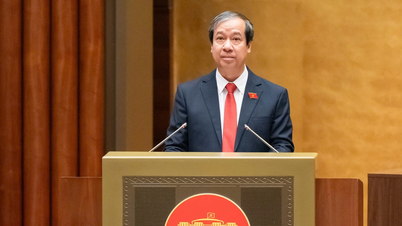
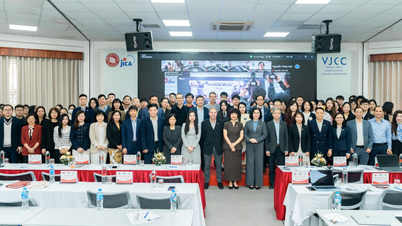

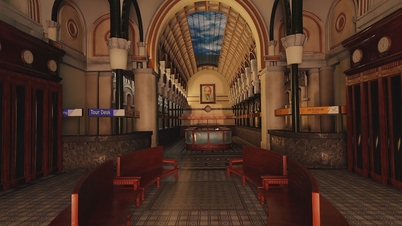



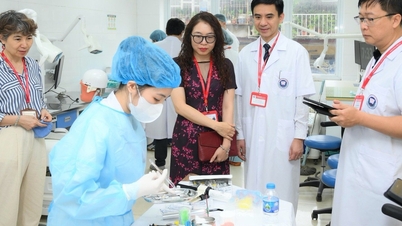



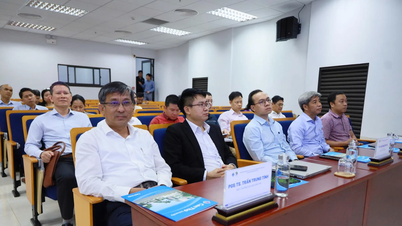





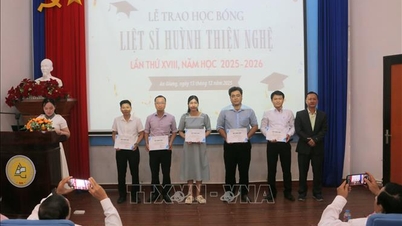




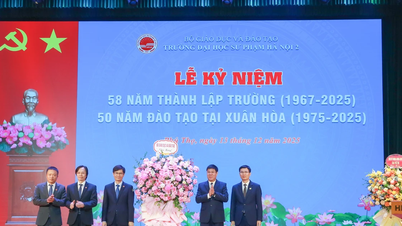



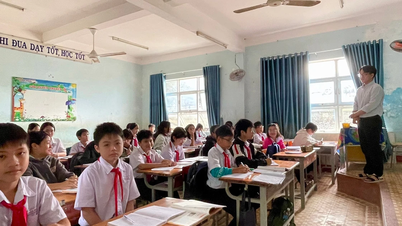
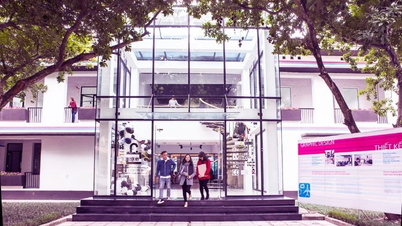





























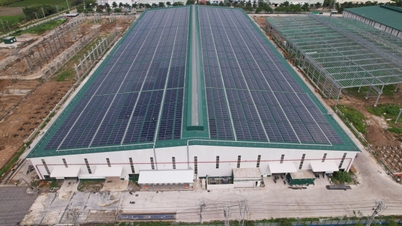


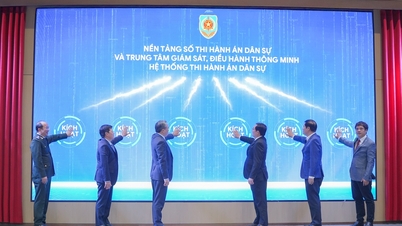








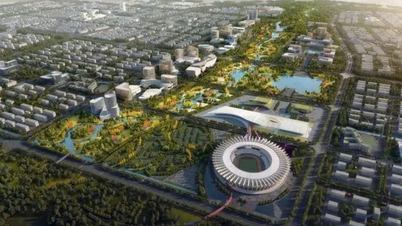

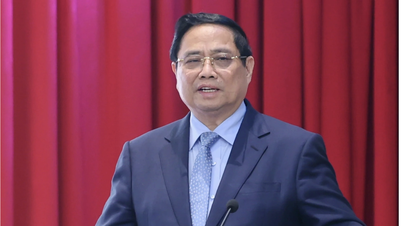


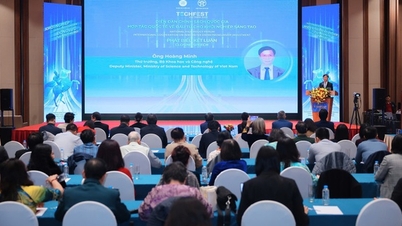

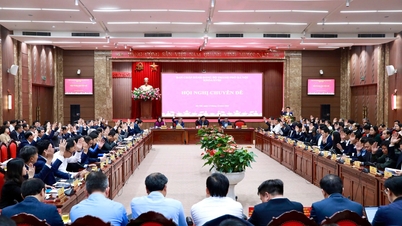

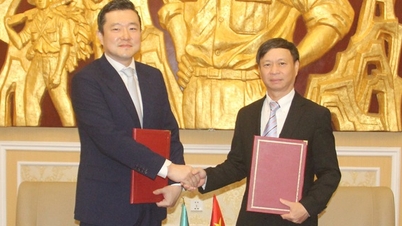



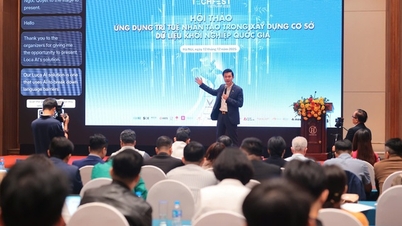




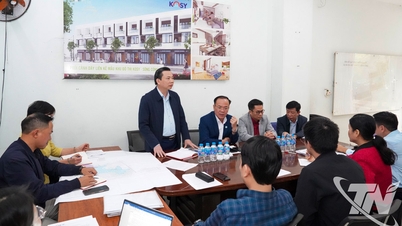


















Comment (0)